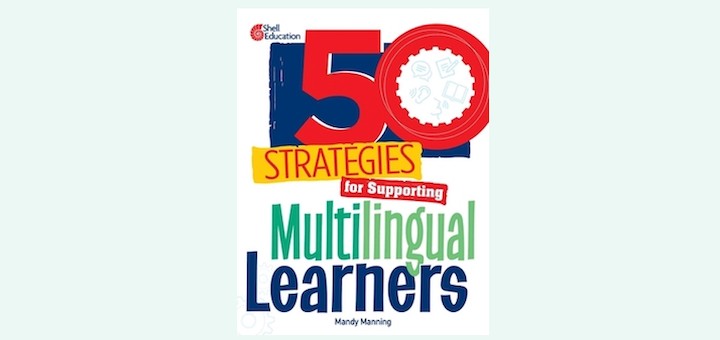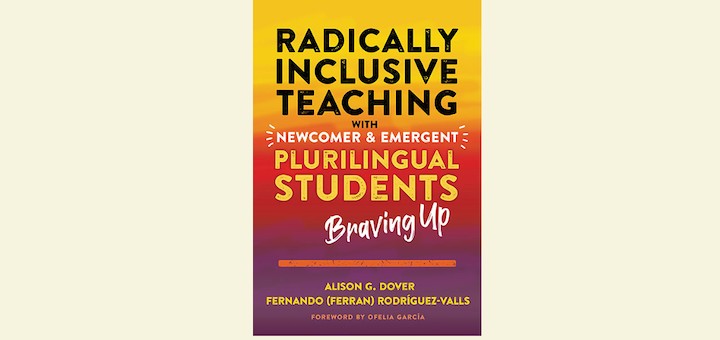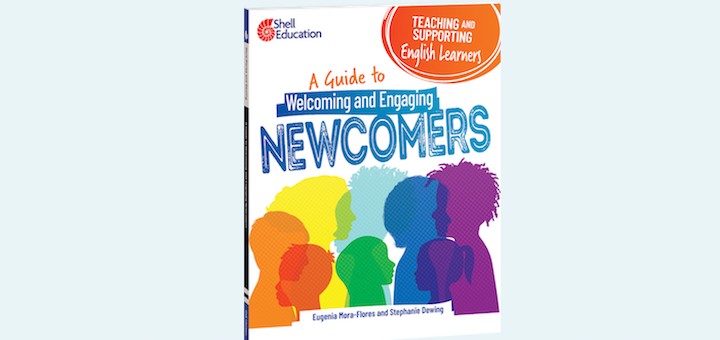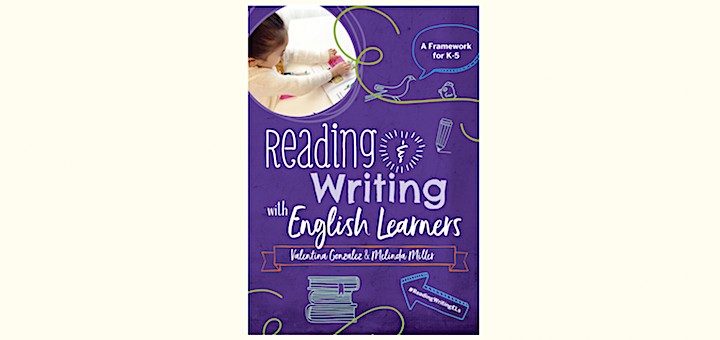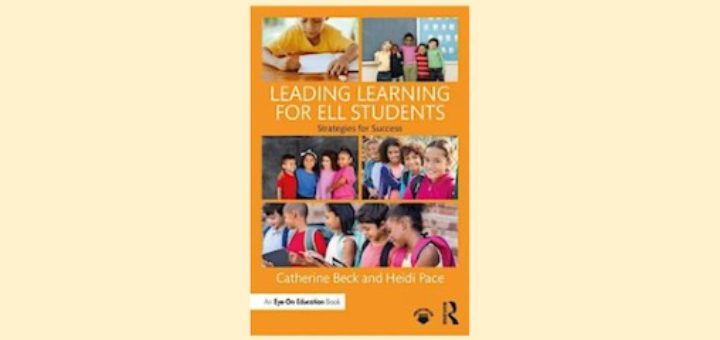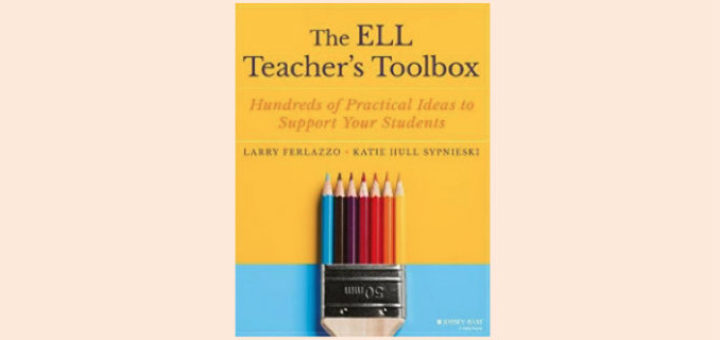Category: English Language Learners
Mandy Manning’s book is essential reading for teachers who are new to the world of language diversity and would be a great PD resource for general education teachers and staff. Teacher Jeanette Pine finds the book clear, concise, easy to navigate, and filled with important reminders.
Alison Dover and Fernando Rodrigues-Valls highlight the gaps in current education policy and practice that affect newcomer and plurilingual students and then offer ways to equitably meet those students’ needs. TESOL educator Kimberlee Elder is grateful for their book.
In Teaching and Supporting English Learners, Eugenia Mora Flores and Stephanie Dewing combine research, practical application, and anticipatory guidance to create an immediately useful guide to inclusive learning environments that foster a sense of belonging for newcomers.
Once you begin Reading & Writing with English Learners, you won’t want to stop. Better yet, you’ll begin looking at your lesson plans, figuring out how to fit in all the fresh ideas you’ve gathered, writes high school EL teacher Emily Francis, who recommends it for K-12.
Leading Learning for ELL Students is a helpful resource for all school and district leaders looking to evaluate and strengthen their EL services. ESOL educator Jordan Walker-Reyes explains how EL teachers can also use the book to improve their programs.
The ELL Teacher’s Toolbox is all meat with 400+ pages of teaching tactics, techniques, and methods, organized for use by ELL teachers and their colleagues across content areas. Educator Rita Platt says the book’s high impact strategies are perfect for summer PD.
Larry Ferlazzo and Katie Hull-Sypnieski’s guide to implementing the common core with ELLs is a comprehensive “incredibly user-friendly” resource that projects care and respect for teachers, students, and the education profession as a whole, says teacher Rita Platt.
Pauline Gibbons discusses ELL issues in each of the four essential areas of speaking, listening, reading and writing in separate chapters, weaving implications from relevant research about second language learning throughout, says reviewer Glenda Moyer.
Ivannia Soto guides educators teaching oral language skills and writing in the content areas to integrate CCSS writing goals with strategies that deepen learning among English language learners. Literacy coach Glenda Moyer recommends the book highly.
The authors of Interactive Notebooks & English Language Learners offer convincing evidence that interactive notebooks can provide ELLs with the academic scaffolding needed to actively participate in classroom activities, says reviewer Elisa Waingort.

